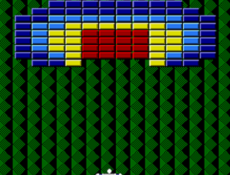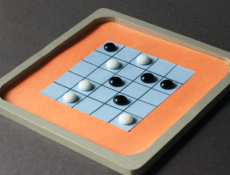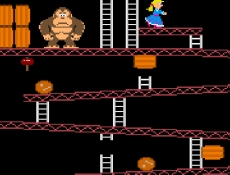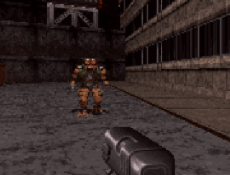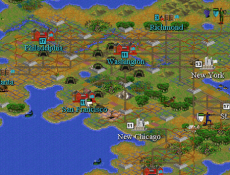Tetris, a venerable staple in the world of games, offers a seemingly simple but profoundly engaging challenge: rotate and arrange falling blocks, known as Tetriminos, to complete and clear horizontal lines. Each of the seven distinct Tetrimino shapes drops from the top of the playfield, and players must strategically position them to fit together without leaving spaces. The game increases in speed as the player advances, adding urgency and complexity to each decision. This element of real-time problem solving is what hooks players, combining quick reflexes with spatial awareness in a dance of descending shapes.

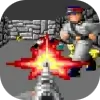
Tetris
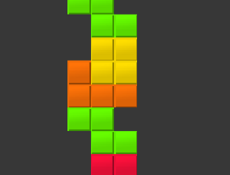
Advertisement
Advertisement
Tetris, a venerable staple in the world of games, offers a seemingly simple but profoundly engaging challenge: rotate and arrange falling blocks, known as Tetriminos, to complete and clear horizontal lines. Each of the seven distinct Tetrimino shapes drops from the top of the playfield, and players must strategically position them to fit together without leaving spaces. The game increases in speed as the player advances, adding urgency and complexity to each decision. This element of real-time problem solving is what hooks players, combining quick reflexes with spatial awareness in a dance of descending shapes.
Strategic Depth and Escalating Tension
As Tetris progresses, the pace quickens, and the room for error diminishes, pushing players to think on their feet and plan under pressure. The challenge escalates from merely filling gaps to formulating where to place each piece to optimize space and prepare for future Tetriminos. Mastery involves recognizing patterns and predicting the effects of each placement, reacting to the immediate dilemma. This engaging loop of planning, reacting, and surviving against the ever-increasing odds provides endless hours of gameplay. Each cleared line rewards the player with a sense of accomplishment, while the buildup of unmanageable gaps heightens the stakes, making Tetris a captivating blend of strategy and suspense.










